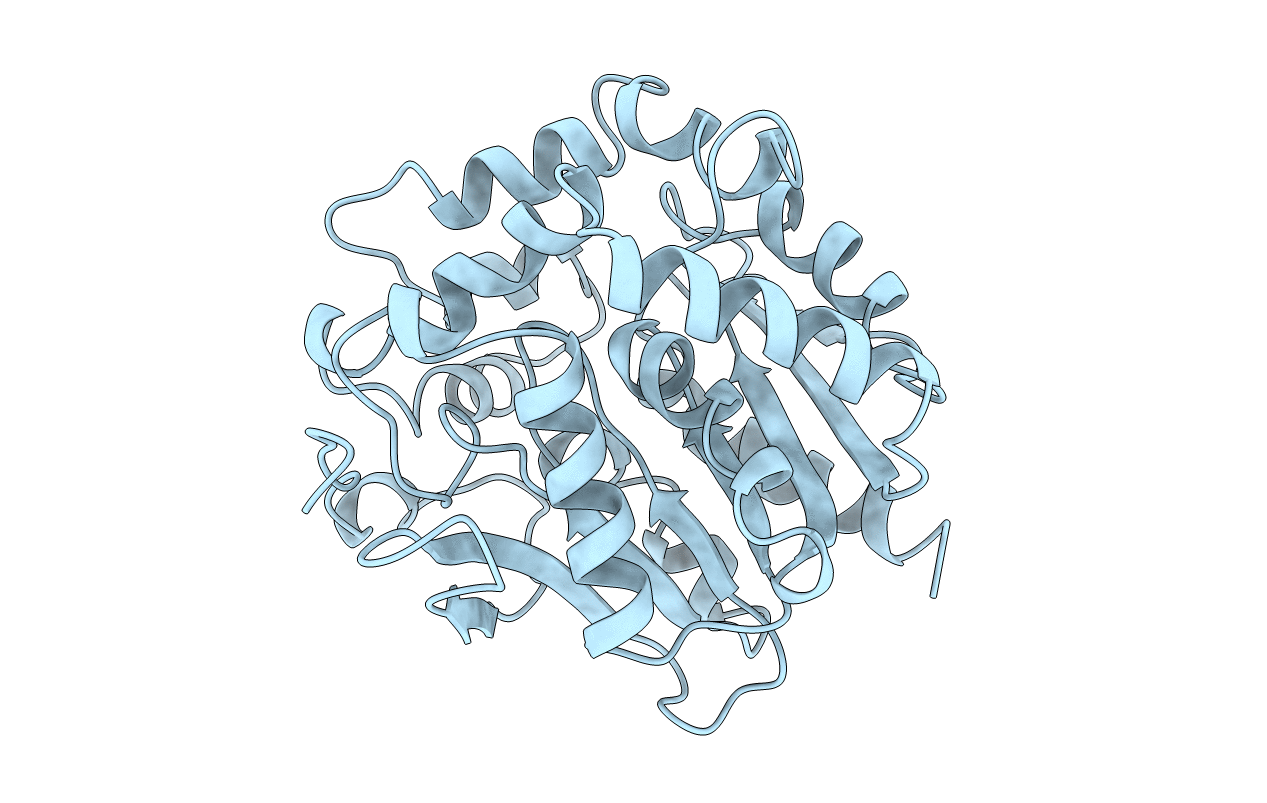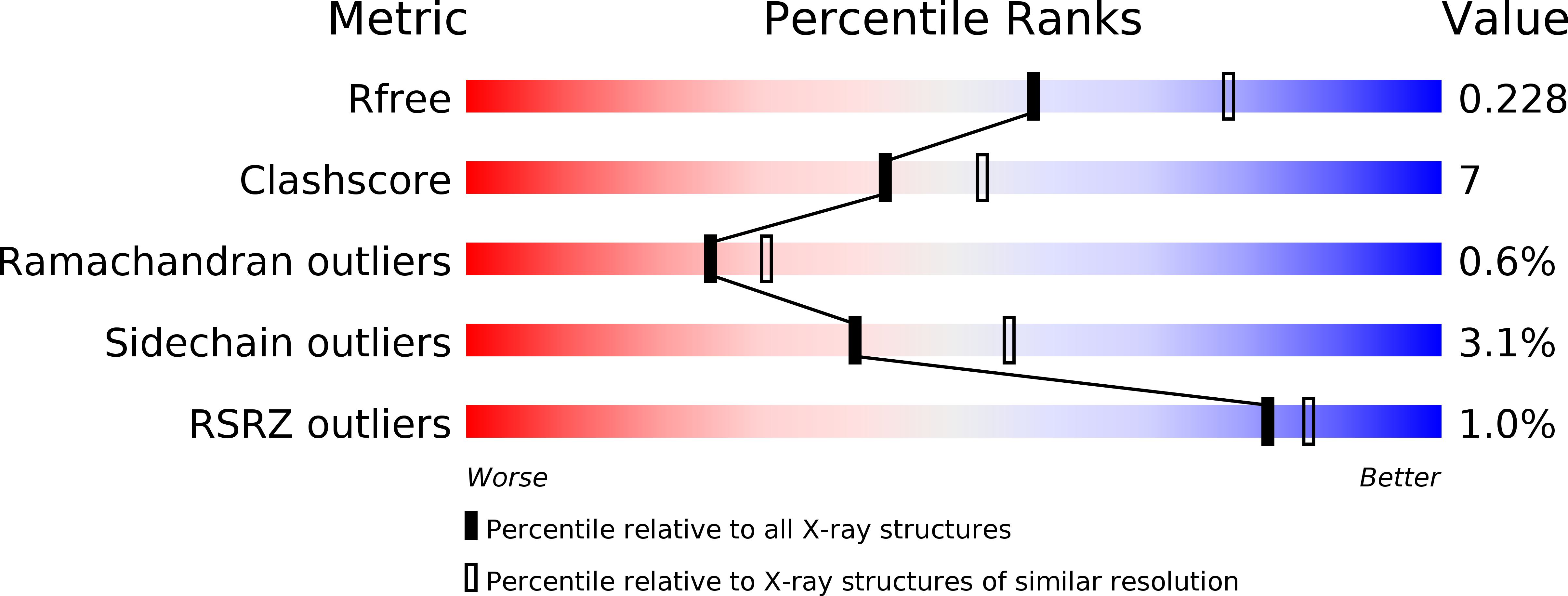
Deposition Date
1999-03-31
Release Date
1999-09-29
Last Version Date
2023-08-09
Entry Detail
PDB ID:
1CIJ
Keywords:
Title:
HALOALKANE DEHALOGENASE SOAKED WITH HIGH CONCENTRATION OF BROMIDE
Biological Source:
Source Organism:
Xanthobacter autotrophicus (Taxon ID: 280)
Host Organism:
Method Details:
Experimental Method:
Resolution:
2.30 Å
R-Value Free:
0.27
R-Value Work:
0.22
Space Group:
P 21 21 2


